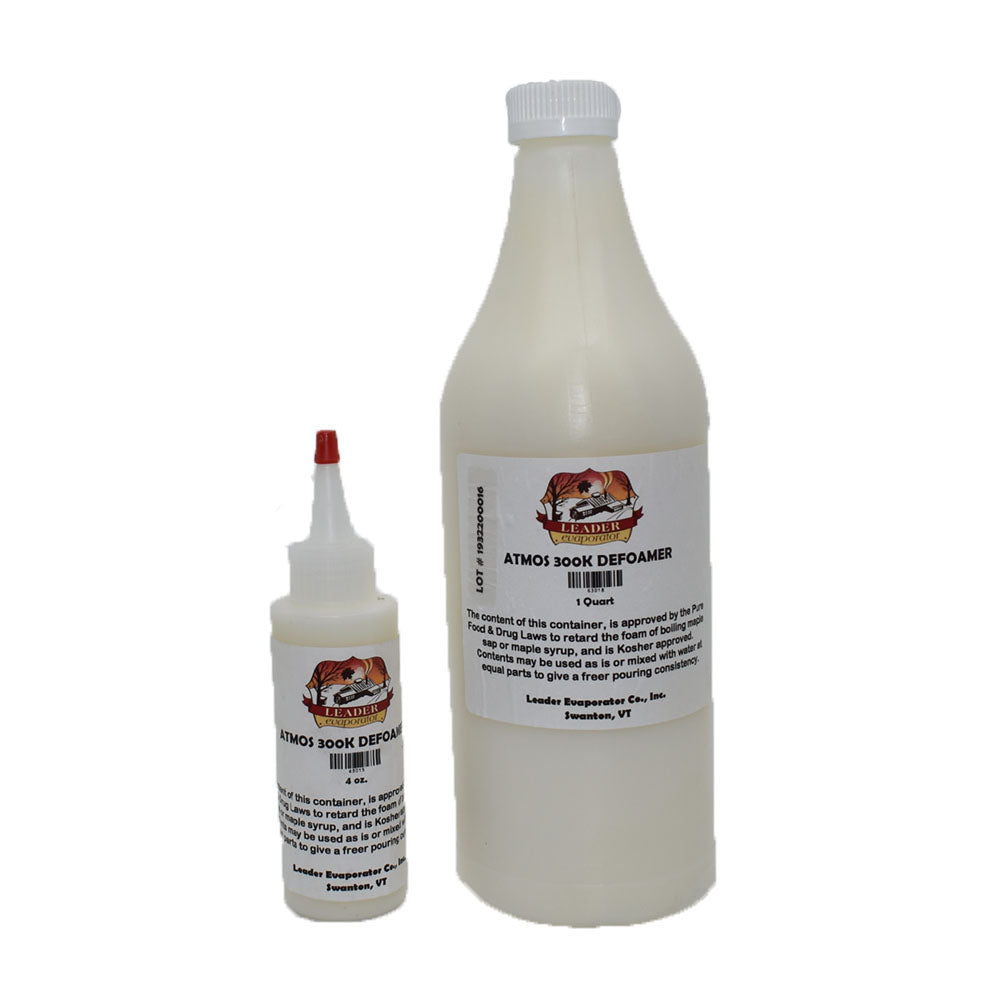A Guide to Understanding the Different Types of Defoamers Available
A Guide to Understanding the Different Types of Defoamers Available
Blog Article
The Function of Defoamers in Enhancing Product Top Quality and Efficiency
Defoamers serve as necessary ingredients that reduce this concern, guaranteeing smoother manufacturing operations while enhancing the aesthetic and useful attributes of the last products. The option of the suitable defoamer can be critical to achieving ideal outcomes, increasing essential concerns concerning formulation compatibility and performance metrics that merit further exploration.
Understanding Defoamers
Understanding the function of defoamers is necessary for keeping item high quality across different markets. Defoamers are chemical additives developed to prevent the development and minimize of foam in fluid systems, which can negatively impact processes such as mixing, loading, and surface stress. Foaming can result in inefficiencies, product problems, and compromised aesthetic allure, making defoamers an important part in making operations.
In industrial applications, defoamers assist to enhance item consistency and security. The efficient use of defoamers not just makes sure smoother production processes but also adds to superior item performance.
Furthermore, the choice and formulation of a defoamer have to line up with details application demands, such as compatibility with other active ingredients, efficiency under differing temperature and pH problems, and potential governing constraints. Eventually, understanding defoamers' functions and their significance in different formulations is critical for optimizing production and making certain the best output.
Sorts Of Defoamers
Defoamers can be classified into a number of kinds based upon their make-up and system of activity. The primary types include silicone-based, non-silicone natural, and inorganic defoamers.
Silicone-based defoamers are amongst the most reliable, primarily due to their capability to spread out swiftly on the fluid surface and disrupt foam formation. Their special chemical structure permits for superior stability, making them suitable for high-temperature applications and atmospheres with varying pH levels.
Non-silicone organic defoamers, typically made up of all-natural oils or fats, are valued for their biodegradability and reduced poisoning. These are generally utilized in food and drink applications where security and environmental effect are critical.
Inorganic defoamers, which include compounds like talc or calcium carbonate, act by boosting the density of the liquid, thus reducing foam stability. They are typically used in industrial processes where compatibility with other products is not a problem.
Each type of defoamer has distinctive benefits and restrictions, enabling for customized options depending upon the specific foaming problems experienced in various applications. Understanding these distinctions is essential for enhancing performance and attaining wanted product top quality.
Applications Throughout Industries
Many markets leverage defoamers to boost item quality and functional effectiveness. In the food and drink market, defoamers are important in procedures such as developing and dairy manufacturing to avoid foam formation, which can result in ineffectiveness and item variance. By controlling foam, suppliers can make certain far better yield and a more uniform item.
In the pharmaceutical industry, defoamers play a site crucial function in the formula of fluid medicines, where too much foam can hinder mixing and precise dosing. Their use helps preserve the stability of the formulations and assists in smoother production processes.
The paint and coatings sector likewise counts on defoamers to improve the efficiency of items throughout application. By reducing foam, these additives make sure a smoother finish and improve the visual qualities of the last item.

Advantages of Making Use Of Defoamers
While the application of defoamers differs throughout markets, their benefits regularly boost item quality and procedure performance. One considerable benefit is the reduction of foam formation during making procedures, which can or else bring about manufacturing hold-ups and incongruities in item high quality. By minimizing foam, defoamers make it possible for a smoother circulation of products, assisting in much more effective operations and decreasing the possibility of equipment breakdowns.
Furthermore, the usage of defoamers can boost the appearance and texture of end products. In industries such as finishes, paints, and food processing, excessive foam can endanger the visual aesthetic appeals and general quality, while the ideal defoamer application makes sure an uniform coating and preferable attributes. Defoamers can contribute to set you back financial savings by decreasing waste throughout production and maximizing the use of raw materials.

Choosing the Right Defoamer
Choosing the best defoamer is crucial for enhancing production processes and guaranteeing product quality. The choice of defoamer influences not only the effectiveness of foam control but additionally the overall performance features of the end product. Variables to take into consideration include the kind of application, the chemistry of the formula, and the environmental conditions under which the item will certainly be utilized.
Different industries might call for more information particular defoamer types, such as silicone-based, natural, or polymeric defoamers. Comprehending the compatibility of the defoamer with the main ingredients is important to avoid negative reactions that could endanger product integrity. In addition, the defoamer's effectiveness in various temperature levels and pH levels must be evaluated to make sure constant performance.
Checking the defoamer in small-scale applications can provide beneficial insights right into its performance and suitability. Consideration of regulatory conformity, particularly in food, drugs, and cosmetics, is vital in picking a defoamer. Ultimately, a comprehensive analysis of these elements will certainly lead to the choice of a defoamer that not only manages foam properly however additionally improves the top quality and performance of the end product.
Final Thought

In final thought, defoamers are important additives that substantially enhance product quality and performance across various sectors. The tactical option and application of defoamers lead to set you back financial savings, optimized resource use, and increased customer complete satisfaction.
Lathering can lead to inadequacies, item defects, and compromised aesthetic allure, making defoamers a crucial element in making operations.

Report this page